Overview
Map
Other Details
دير مار يوحّنا المعمدان القديم
1570
Ain Er-Rihane
Keserwan
Mount Lebanon
دير مار يوحّنا المعمدان القديم - حراش عين الريحانةبنى الدير القديم سنة ١٥٧٠ سليمان الحاج إبن حبيش على اسم مار يوحنّا المعمدان. وهو كناية عن كنيسةٍ بعقدٍ سريريٍّ عالٍ، وبعض القلالي. أصبح الدّير كرسيًّا أسقفيًّا لدمشق وبيروت تباعًا. سنة ١٦٤٢ إشتراه الأسقف يوسف حليب العاقوري وبنى سنة ١٦٤٣ الدّير الجديد الذي جعله مسكنًا للراهبات. سنة ١٦٤٤ أصبح الدّير مع انتخاب يوسف العاقوري، كرسيًّا بطريركيًّا. سكن الدّير العديد من الأساقفة في القرنين التاليين وجعله البطريرك ميخائيل فاضل مقرًّا له. في القرن التاسع عشر وُسّع الديّر وجُعل ديرًا للإبتداء. أهميّة هذا الدّير عدا عن كونه مقرًّا بطريركيًّا هو بناؤه في الفترة الأولى بعد عودة الموارنة إلى كسروان، كذلك إحتضانه لأولى الأديار القانونيّة، وتنفيذه لقرار لفصل أديار الرهبان عن الراهبات بعد المجمع اللبنانيّ سنة ١٧٣٦.The old monastery of St John - Hrash Aïn el rihaneThe monastery was built in 1570 by Sleiman el Hajj Hobeish. He dedicated a church and some adjacent cells to St John the baptist. The church is a high crib vault with many spolias used in the building. The monastery was used as an episcopal seat to the sees of Beirut and Damscus. In 1642 bishop Youssef Halib el Aqoury bought the old monastery and built the nunery the next year. Upon bishop’s Youssef election in 1643 the monastery became a patriarchal see. After him many bishops resided, and Patriarch Michael Fadel also took it as his see. In the XIXth century the monastery became a noviciate. The importance of this monastery to the church resides in it’s being a patriarcal seat, it was built right after the return of the Maronites to Kesserwan, it was one of the first headquarters to a canonical monastic order after the Lebanese council of 1736.
Visited 6276 times, 6 Visits today



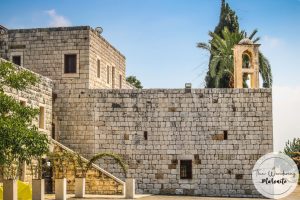
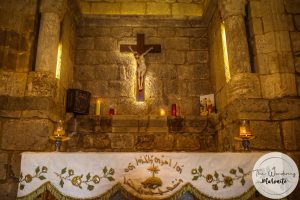
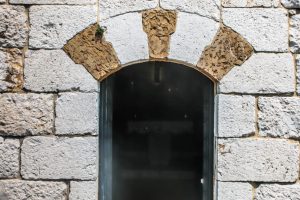
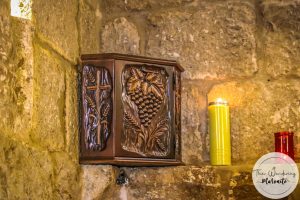
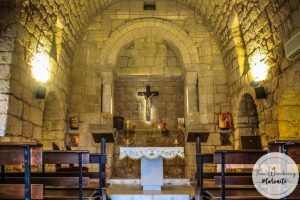
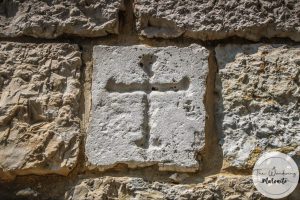

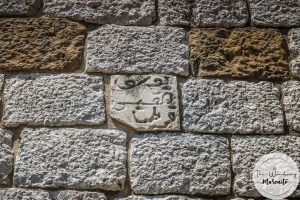








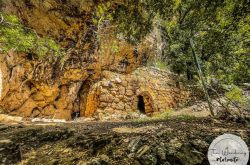
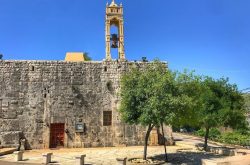
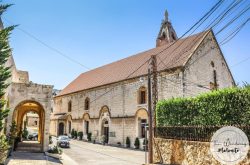
Reviews are disabled, but trackbacks and pingbacks are open.